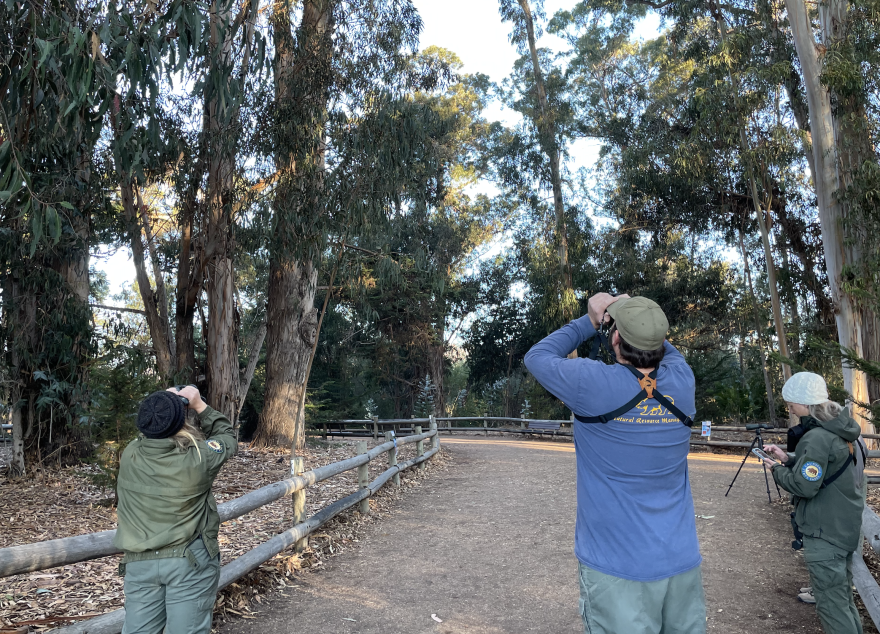Monarch Butterfly populations have plummeted in recent years due to things like pesticides, climate change and habitat loss.
With lots of misinformation circulating about how to help the Monarchs bounce back, locals are trying to set the record straight about what people should and shouldn’t do for the species.
The Monarch Butterfly Grove in Pismo Beach is full of eucalyptus trees that serve as a winter home for thousands of Monarchs each year from about October through February.
“Obviously we’d watched the numbers drop significantly over the years. There was a 99 percent drop in numbers. We were down to less than a couple hundred at the grove at one point,” said Central Coast State Parks Association (CCSPA) Executive Director Kristin Howland.
She said the population did make a huge comeback in the last year, with about 21,000 documented in the grove in November of 2021.
Still, that’s low, compared to years past. In 1997, more than 100,000 Monarchs were documented in the grove.

Howland said the CCSPA started something called the Western Monarch Trail Project to help publicly identify a series of sites along the species’ migration path and install consistent signage about how to best protect the butterflies.
“As we saw the decline in the Monarch population unfolding, there was this huge push for habitat restoration and it was kind of like, ‘Plant milkweed. Plant milkweed. Plant milkweed.’ Well, we now know that just planting any kind of milkweed was not the best idea,” Howland said.
Monarchs use milkweed for breeding. It’s a food source which Monarch larvae need to develop into a butterfly.
Howland said tropical milkweed can carry a parasite that causes deformities in the Monarchs, so only milkweeds that are specific to the region should be planted. She said they should be planted, along with nectaring plants, in the fall, away from wintering sites and about 10 miles away from the coastline.
Howland also said raising Monarchs for release isn’t helpful as the butterflies are often not strong enough to survive a full migration.
Howland said understanding and preserving Monarch Butterflies matters because their condition often speaks to broader environmental conditions that impact things like agriculture.
“If a Monarch is your species indicator for how a habitat is doing — and Monarchs are declining — and then other pollinators who actually pollinate the food sources are disappearing, you’re not going to have food for much longer,” Howland said.
To learn more about the Western Monarch Trail Project, click here.




